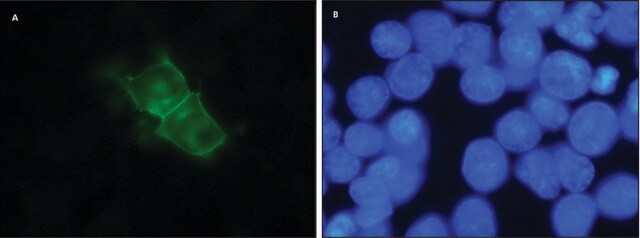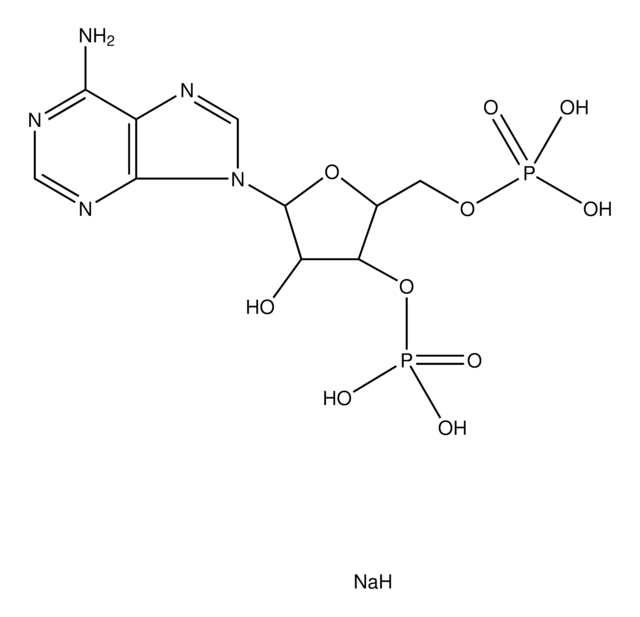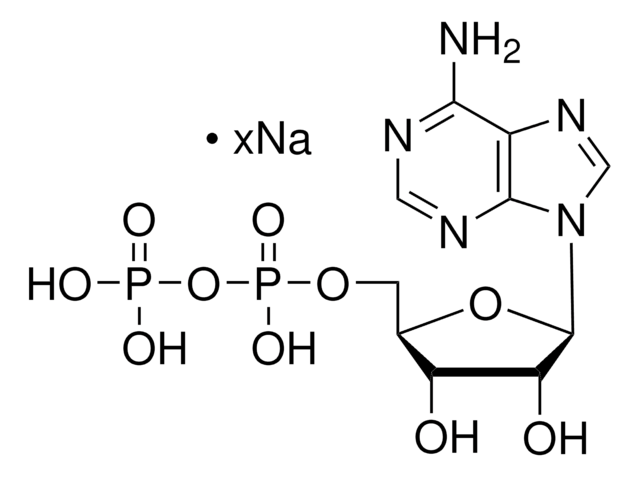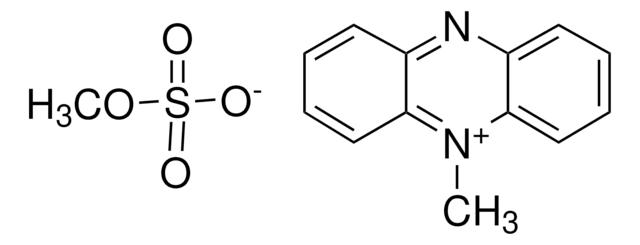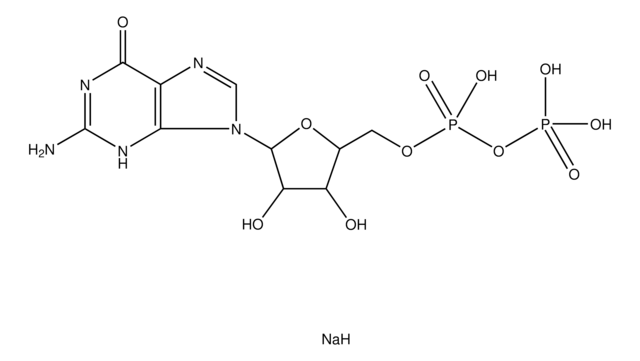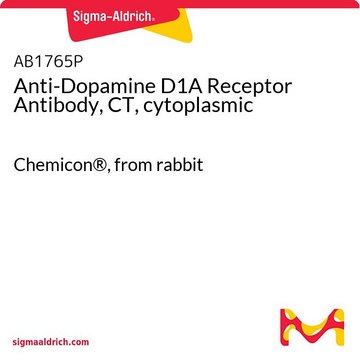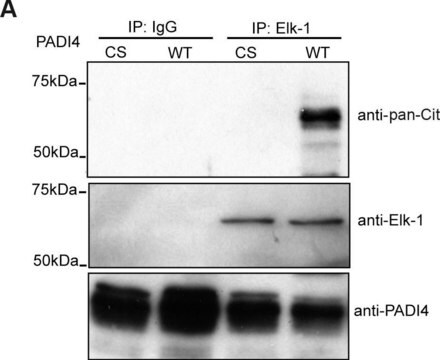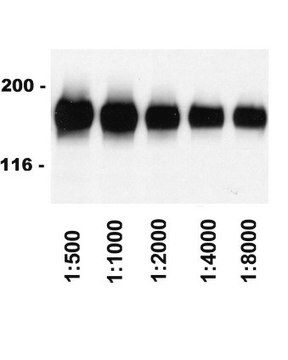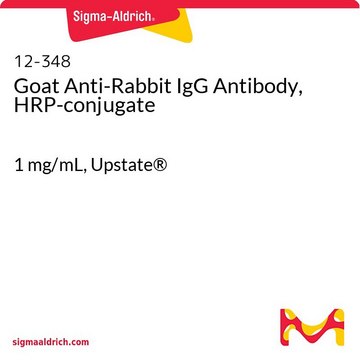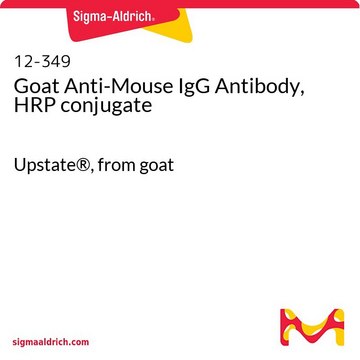ABN20
Anti-Dopamine D(1A) Receptor Antibody
from rabbit, purified by affinity chromatography
Sinónimos:
dopamine receptor D1, D(1A) dopamine receptor
Seleccione un Tamaño
EUR 193.00
Seleccione un Tamaño
About This Item
EUR 193.00
Productos recomendados
biological source
rabbit
Quality Level
antibody form
affinity isolated antibody
antibody product type
primary antibodies
clone
polyclonal
purified by
affinity chromatography
species reactivity
rat
species reactivity (predicted by homology)
bovine (based on 100% sequence homology)
technique(s)
ELISA: suitable
immunohistochemistry: suitable
western blot: suitable
NCBI accession no.
1 of 4
Este artículo | 12-342 | 12-348 | 12-349 |
|---|---|---|---|
| technique(s) immunoprecipitation (IP): suitable, western blot: suitable | technique(s) ELISA: suitable, immunohistochemistry: suitable, western blot: suitable | technique(s) ELISA: suitable, immunohistochemistry: suitable, western blot: suitable | technique(s) ELISA: suitable, immunohistochemistry: suitable, western blot: suitable |
| antibody form purified immunoglobulin | antibody form affinity purified immunoglobulin | antibody form purified immunoglobulin | antibody form purified immunoglobulin |
| conjugate unconjugated | conjugate peroxidase conjugate | conjugate peroxidase conjugate | conjugate peroxidase conjugate |
| isotype IgG | isotype - | isotype IgG | isotype - |
| clone polyclonal | clone polyclonal | clone polyclonal | clone polyclonal |
General description
Specificity
Immunogen
Application
ELISA Analysis: Tested in ELISA against antigen-coated plate. A 1:100 dilution from a previous lot detected dopamine D(1A) receptor peptide.
Neuroscience
Neurotransmitters & Receptors
Quality
Western Blot Analysis: 2 µg/ml of this antibody detected dopamine D(1A) receptor in 10 µg of rat testis tissue lysate.
Target description
Linkage
Physical form
Storage and Stability
Analysis Note
Rat testis tissue lysate
Other Notes
Disclaimer
¿No encuentra el producto adecuado?
Pruebe nuestro Herramienta de selección de productos.
Storage Class
12 - Non Combustible Liquids
wgk_germany
WGK 1
flash_point_f
Not applicable
flash_point_c
Not applicable
Certificados de análisis (COA)
Busque Certificados de análisis (COA) introduciendo el número de lote del producto. Los números de lote se encuentran en la etiqueta del producto después de las palabras «Lot» o «Batch»
¿Ya tiene este producto?
Encuentre la documentación para los productos que ha comprado recientemente en la Biblioteca de documentos.
Nuestro equipo de científicos tiene experiencia en todas las áreas de investigación: Ciencias de la vida, Ciencia de los materiales, Síntesis química, Cromatografía, Analítica y muchas otras.
Póngase en contacto con el Servicio técnico